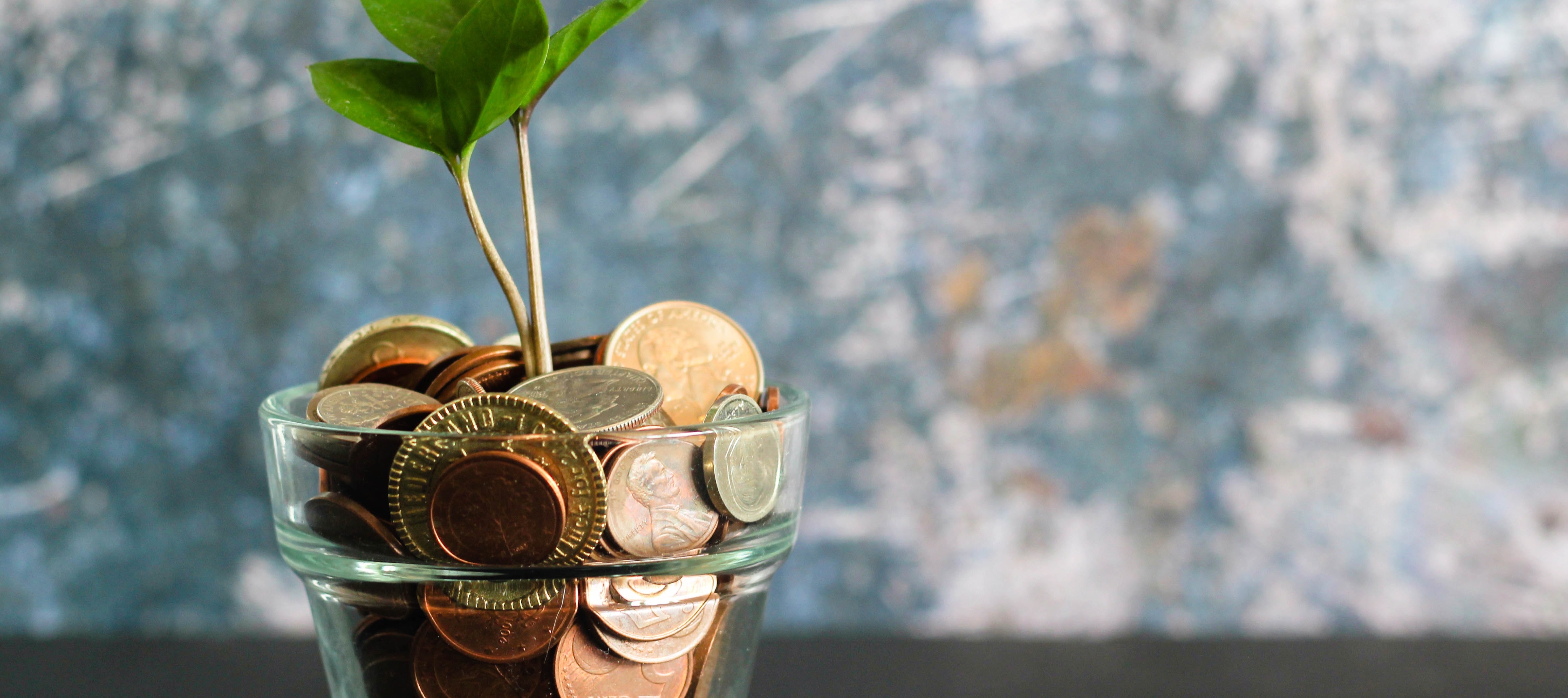In the age of COVID, the lockdown keeps us safe at home and out of retail stores. It feels like we’ve stepped back in time to the 60s, when we did our own grooming, dined out on special occasions, bought produce that was in season, baked at home, and enjoyed many spaghetti dinners. Every day feels like a ‘throwback Thursday’ to a time of frugal living and a small global footprint. Interestingly, this simpler life has created an unfamiliar financial challenge for many: excess cash.
Many Americans are out of work, with few prospects of re-employment until businesses are able to resume normal operations. At the same time, thanks to the CARES Act and the weekly $600 boost in unemployment benefits, some lower-income earners may be bringing home more income in unemployment than they would if they were able to work their normal jobs. On the other end of the spectrum are many higher-income employees whose jobs and paychecks are unchanged. They may be working from home, saving the cost of commuting (which can be significant here in Southern California!), cooking meals, and ordering in. There are no dry cleaning bills, lunches with colleagues, Starbucks, or pricey craft cocktails. At the same time, retirees with retirement savings continue to receive a reliable income, and they too have fewer day-to-day expenses. On top of it all, everything has been canceled. Vacations are postponed and deposits refunded. Theaters are dark. Concerts are canceled. Shopping sprees, haircuts, and the rest of life as we knew it has been put on hold. The result: some people are realizing they’ve saved a bundle. It’s a strange quandary.
It’s no wonder more than a few clients have asked me, “What should I do with all this money?”
If you, too, are in this enviable position, thank your lucky stars: it is a fortunate and privileged place to be—today. Yet, the pandemic has taught us that nothing about the future is certain. Jobs that seemed completely secure in January have practically vanished in the face of COVID (think event planners, pilots, and restaurant workers) and many more are at risk as businesses continue to adjust to the new normal. The pandemic has also given us time for some serious reflection. You may find yourself rethinking how you want to work, live, and play post-pandemic (read more about that process in Set the stage for your ideal ‘new normal’). With unspent dollars waiting to be spent, it’s the perfect time to reconsider what you want to do with your excess cash—and what you want your money to do for you and for others. Here are just a few ideas to get the wheels turning:
1. Get debt free.
If you are carrying any sort of revolving debt, this is a no brainer. Start by paying off any credit cards, car loans, or other interest-bearing debt. And don’t stop there. If you’re still carrying a mortgage, it usually makes sense to eliminate this long-term debt when you can. If your mortgage rate is over 4%, refinance at today’s low rates so you can pay off the debt faster. True financial freedom goes hand-in-hand with a debt-free retirement.
2. Build up your cash reserves.
Before COVID, the rule of thumb for how much to save in your emergency fund was three to six month of expenses. But these strange times call for a new approach. If you are still employed, consider bulking up your emergency fund to cover eight months to a year of expenses. For retirees, set aside cash and a short-term fund to cover five years so you’ll never be a forced seller of stock in down markets. The pandemic and market volatility have demonstrated, again, that you can never be over-prepared.
3. Overfund 529 plans.
If you have children or grandchildren that need help with educational costs, consider contributing to their 529 plans. Your investment today can help the next generation avoid the dreaded ball and chain of student loan debt. And if there is student loan debt lurking, the CARES Act makes now the perfect time to pay down those loans; no interest is being charged through 2020, so every dollar paid now will go directly towards principal.
4. Set new goals.
If you had fallen victim to lifestyle creep—where what you once considered luxuries had become necessities—the shift into quarantine may have given you a new perspective. Take time now to think deeply about your new financial goals. Is that Prada bag still at the top of your wish list, or would you rather set that money aside to create memories on a trip with your grandkids once the pandemic finally ends? What about investing in a rental property? Or trading in that luxury car lease and buying a vehicle that you can love for the long haul? Make a list of your post-pandemic dreams and set to work to start making them come true.
5. Consider charitable giving.
If all that pondering has you wondering how your money can be put to work to support charitable causes, see Spotlight on Philanthropy: Finding your ‘why’ to pinpoint why you want to give, and then start exploring how to create a giving strategy that supports your goals. And to help stretch your giving power, read 3 tax-smart ways to make charitable gifts.
If you have excess cash today, you are blessed with options for putting those funds to work in powerful ways—from securing a financial future for yourself, to giving your kids and grandkids with a financial helping hand, to supporting important causes. Take time to consider your options and make the move that’s right for you. If you get stuck, I suggest reading The Millionaire Next Door for additional ideas (I’m re-reading it now, and it’s a treasure trove of insights), or email me to schedule an online chat. No matter what your financial challenge, I’m always here to help!

